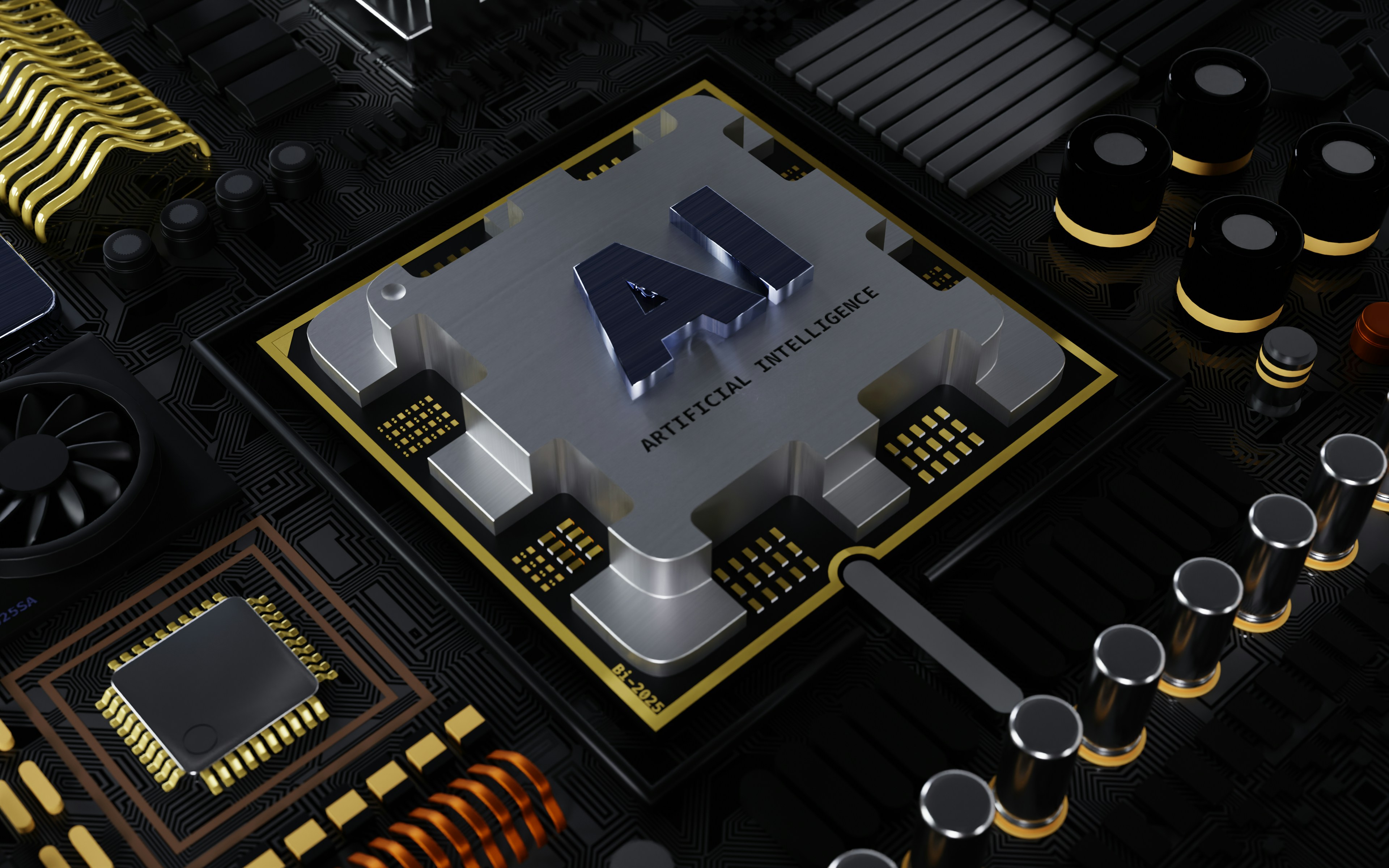Lightening the Load: The Emergence of Light-Powered Computers
In the ceaseless pursuit of technological evolution, a new contender has emerged in the computing arena—light-powered computers. A radical departure from traditional electronic-based systems, these computers promise unprecedented speed and energy efficiency. This article delves into the origins, current developments, and potential implications of this revolutionary technology.

A Glimpse into the Past: Origins of Light-Powered Computers
The idea of using light to power computers is not entirely new. The concept can be traced back to the 1960s when the first experiments with optical computing began. But the technology remained in the realm of theoretical physics due to the lack of efficient and affordable light sources and detectors. However, the advent of nanotechnology and photonics in the 21st century has breathed new life into this old concept, paving the way for the development of practical light-powered computers.
The Present State: Current Developments in Light-Powered Computers
The last decade has seen significant strides in the field of light-powered computing. Researchers across the globe are working tirelessly to overcome the technical challenges associated with this technology. In a recent breakthrough, scientists at the University of California, Berkeley, have developed a method to generate and control photons, the basic units of light, within silicon chips. This development has brought us a step closer to realizing the dream of light-powered computers.
Price Tag and Market Impact: The Potential of Light-Powered Computers
While it is too early to estimate the exact price range of light-powered computers, experts predict that the cost will be competitive with conventional computers due to the widespread availability of silicon, a key material in these devices. The market impact of light-powered computers could be monumental. With their superior speed and energy efficiency, these computers could drastically reduce the energy consumption of data centers, which currently account for about 1% of global electricity use.
Backed by Research: Light-Powered Computers and Future Possibilities
Numerous studies and research papers corroborate the potential of light-powered computers. According to a study published in the journal Nature Photonics, light-based computers could perform operations 1000 times faster than their electronic counterparts. Additionally, a research paper in the journal Science Advances suggests that these computers could significantly reduce the energy consumption of computing systems, thereby contributing to global sustainability efforts.
Making the Complex Understandable: The Working Principle of Light-Powered Computers
At a basic level, light-powered computers work by using light particles, or photons, to process and transmit data, instead of the electrons used in traditional computers. This approach allows data to be processed and transmitted at the speed of light, resulting in vastly improved computing speeds. Moreover, since photons do not generate heat when they collide, unlike electrons, light-powered computers are expected to be much more energy-efficient than their electronic counterparts.
In conclusion, while light-powered computers are still in their infancy, the potential they hold is immense. As researchers continue to make breakthroughs, we are gradually inching closer to a future where these devices could become a commonplace reality. And when that happens, it could redefine the way we compute, heralding a new era of speed and efficiency in the world of technology.




